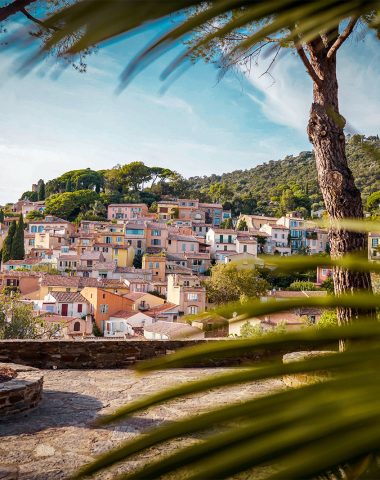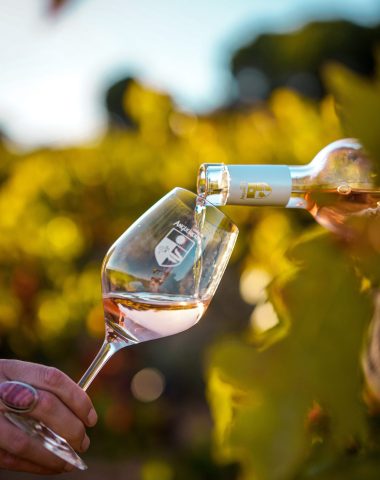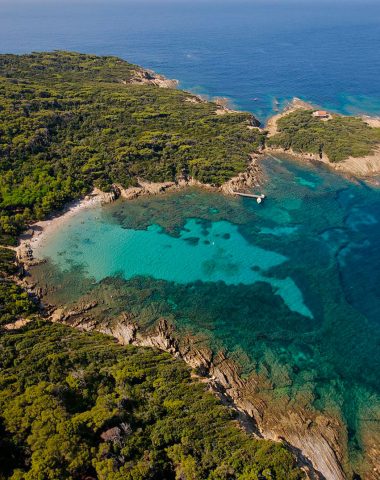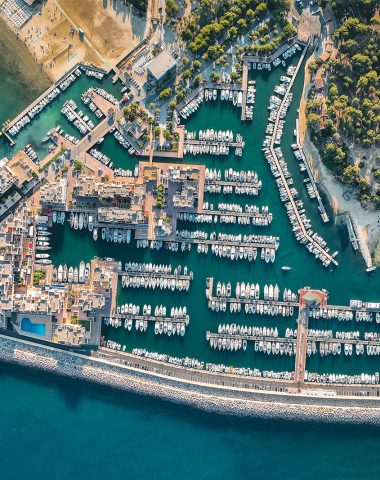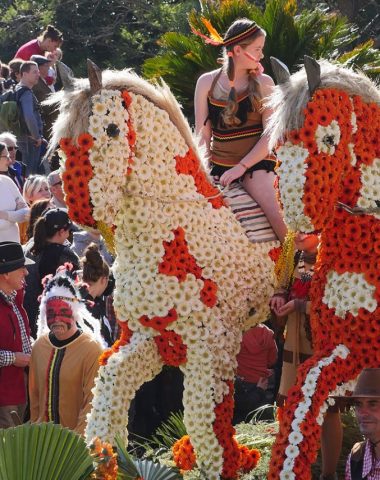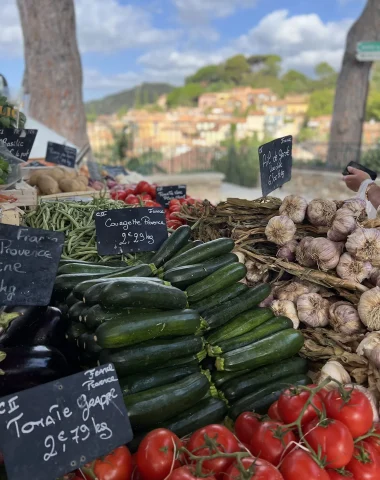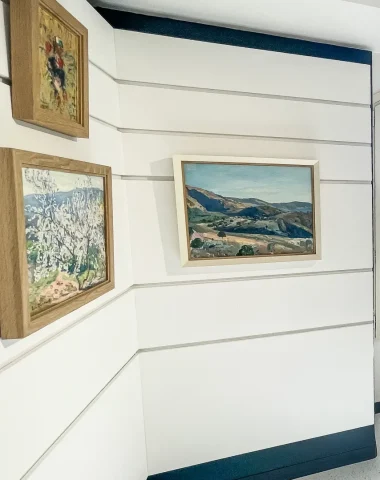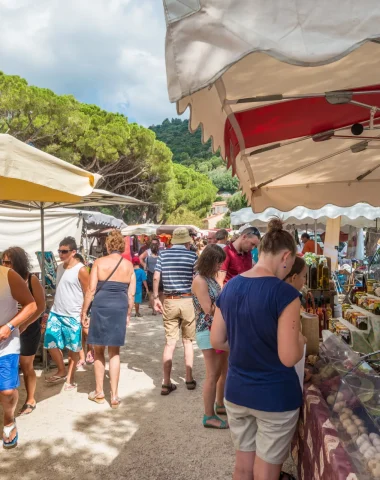Embark on a captivating journey along the Chemin des Sages, a project born from a visionary gathering of the Conseil des Sages, composed of wise individuals aged 60 and above, carefully chosen by local councilors for their wealth of experience. Inspired by the core principles of our Republican motto “Liberté, Égalité, Fraternité,” the council sought to breathe life into these ideals in the town of Bormes.
The Concept Takes Flight
A groundbreaking idea emerged during the council’s meeting—to adorn the town with phrases from renowned men and women, celebrated worldwide for their wisdom and humanism. The goal was to ignite the conscience of both passers-by and tourists, fostering a deeper connection with these universal values. To gain the support of the Mayor and the Council, the decision was made to integrate this pathway with the installation of historical plaques on the town’s iconic monuments. The members of the Conseil des Sages then meticulously designed the route through the medieval village and dedicated themselves to creating the perfect support, texts, images, and symbols for these plaques.

The butterfly, symbolizing joy, beauty, grace, and lightness of being, was chosen as the emblem of the project. Its transformative journey mirrors the essence of personal growth and rebirth. Just like the butterfly, we too experience different stages in life—a profound metamorphosis that allows us to release our past and embrace the beauty of who we’ve become. Symbolizing wisdom, the butterfly becomes a boundless source of inspiration. Beneath its delicate exterior lies an unwavering strength. Despite its ephemeral lifespan of a few days or weeks, the butterfly brings joy and exuberance through its graceful flight, fully savoring every moment that nature presents. Let us, like the butterfly, fearlessly embrace the experiences life offers us, both good and bad, knowing that they are fleeting. After all, our past experiences provide the best preparation for the future, allowing us to tread life’s paths with serenity
The biography of Goethe
Novelist, playwright, poet, scientist, art theorist and statesman.
Johann Wolfgang von Goethe, born on August 28, 1749, in Frankfurt am Main, Germany, was a remarkable German poet, novelist, and playwright. Coming from a wealthy bourgeois family, his father provided him with a well-rounded education, exposing him to languages, dance, fencing, and horse-riding from a young age.
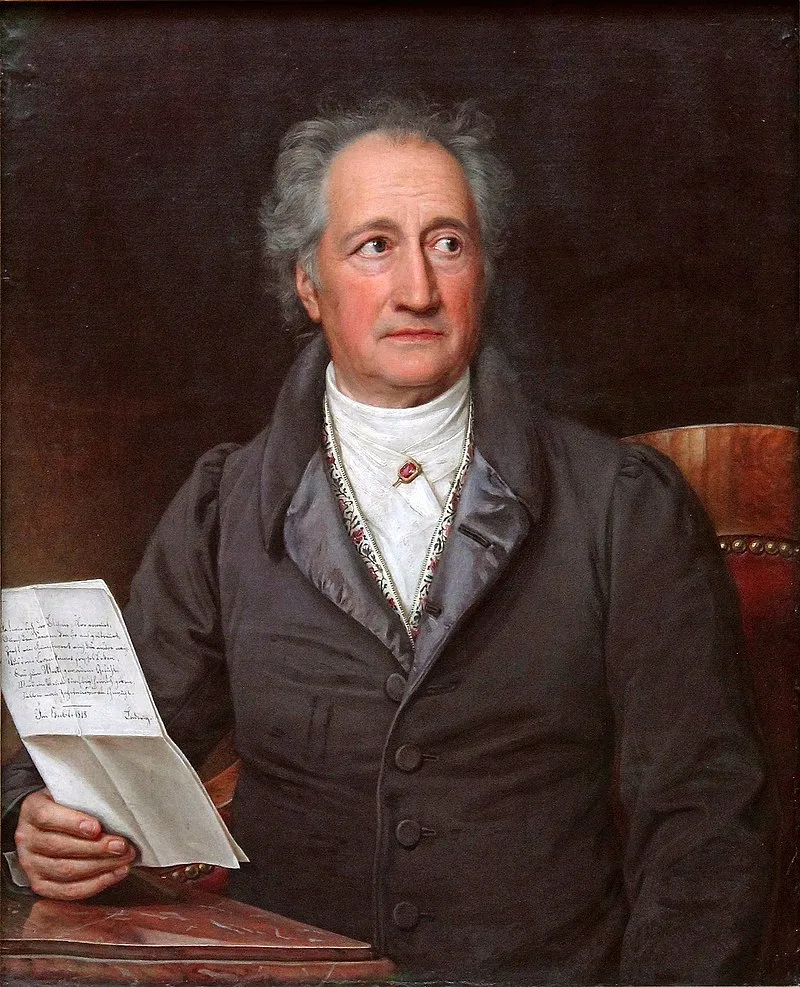
Il découvre la civilisation française quand un officier français est hébergé dans sa famille durant la Guerre de Sept Ans. Cet officier devient l’ami du père de Goethe et permet à l’adolescent d’assister en 1764 au couronnement de l’empereur Joseph. De 1765 à 1771, il fait des études de droit à Leipzig puis à Strasbourg. Il fut avocat, magistrat, commissaire à la guerre, directeur des finances de l’état et anobli. Il épouse Christiane Vulpus en 1806. L’œuvre la plus célèbre de Goethe, “Faust”, est un drame en deux parties qui retrace la vie d’Heinrich Faust, un érudit qui vend son âme au diable Méphistophélès en échange de la connaissance et du plaisir terrestre. “Faust” est considéré comme l’une des plus grandes
During the Seven Years’ War, Goethe’s life took a fortuitous turn when a French officer stayed with his family. This encounter introduced him to French civilization, and he even had the opportunity to attend Emperor Joseph’s coronation in 1764, thanks to his father’s friendship with the French officer. Subsequently, from 1765 to 1771, Goethe pursued law studies in Leipzig and Strasbourg. Throughout his life, he held diverse roles such as lawyer, magistrate, war commissioner, director of state finance, and even earned knighthood. In 1806, he tied the knot with Christiane Vulpus.
Goethe passed away in 1832 at the age of 82, leaving behind an enduring legacy that continues to influence literature, philosophy, and science. His unique ability to blend erudition, passion, and profound human sensitivity in his writings has earned him a lasting reputation as one of the greatest minds in the annals of European culture.
Le pous d’Amoun (Well of Love) et la Draille des Bredouilles
The Draille des Bredouilles is no modern addition arising from tourism’s influence. Its existence dates back much further, as evidenced by its mention in the Napoleonic cadastre of 1826, a time when agriculture reigned as the village’s primary activity.
In those days, livestock raising and hunting were crucial for supplying fresh meat to the village. Hunters played a vital role in this endeavor, but occasionally, luck was not on their side, and they would return empty-handed, their game bags sadly vacant. Here, the Draille des Bredouilles, a discreet path away from the village, became their refuge. Shielded from curious eyes and any potential ridicule, it offered solace to those whose hunting trips ended in disappointment. The initial pride of setting out at dawn was replaced by silent returns marked by unspoken defeat.
Towards the end of the Draille des Bredouilles, travelers would discover the “pous d’amoun,” the Provençal term for the upstream well. Another counterpart, “le pous d’avau,” or the downstream well, was situated at the village’s lower part. These wells bear witness to the age-old quest for drinking water, a precious resource in those times. While the exact date of this well’s construction remains unknown, it is believed to have been dug in the early 18th century, mirroring the establishment of other village wells.
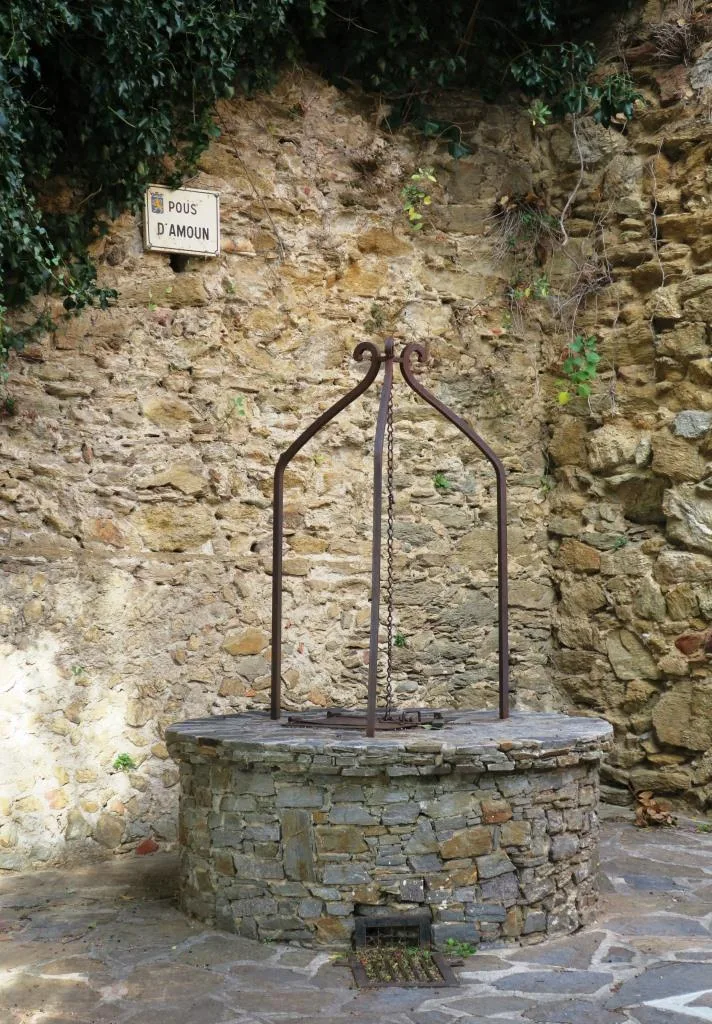
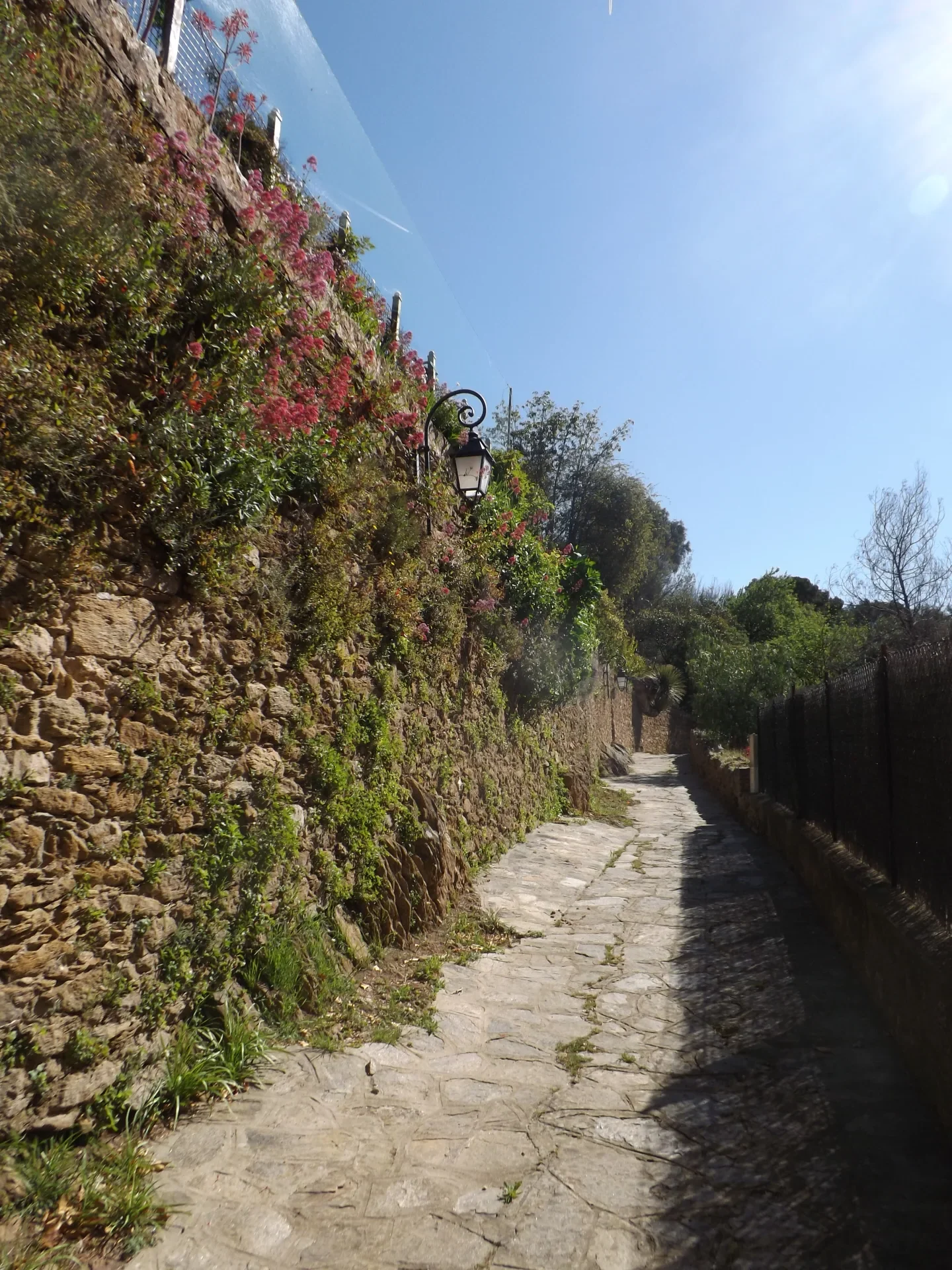
In times of severe drought, a watchman would stand guard at the well, managing the water distribution to ensure the community’s equitable access to this vital resource. This person’s role became of utmost importance in the village hierarchy. Remarkably, in 1945, the municipality provided Bormes residents with water supply cards, entitling them to a daily allowance of 10 liters of this precious liquid.
The Draille des Bredouilles and the wells at its end serve as poignant reminders of the village’s past, illustrating the reliance on agriculture, the trials of hunting, and the shared struggle for water, which once played such integral roles in the lives of the Bormes les Mimosas community.

To experience the full splendor of the Chemin des Sages and delve deeper into the fascinating stories that unfold along this path, we invite you to explore the Baludik app.
Scan the QR code and embark on an interactive journey filled with games, surprises, and a deeper connection to the rich heritage of Bormes.


